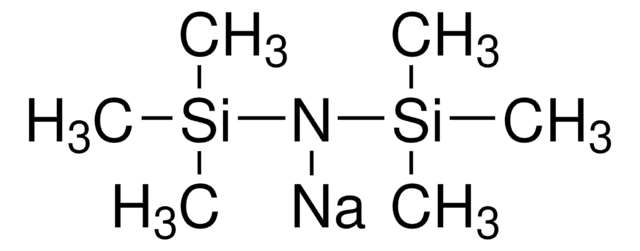All Photos(3)
About This Item
Linear Formula:
Na2SO4
CAS Number:
Molecular Weight:
142.04
EC Number:
MDL number:
UNSPSC Code:
12352300
PubChem Substance ID:
Recommended Products
grade
reagent grade
product line
Vetec™
Assay
99%
form
powder
pH
5.2-8.0 (20 °C, 50 g/L)
mp
884 °C (lit.)
density
2.68 g/mL at 25 °C (lit.)
SMILES string
[Na+].[Na+].[O-]S([O-])(=O)=O
InChI
1S/2Na.H2O4S/c;;1-5(2,3)4/h;;(H2,1,2,3,4)/q2*+1;/p-2
InChI key
PMZURENOXWZQFD-UHFFFAOYSA-L
Looking for similar products? Visit Product Comparison Guide
Legal Information
Vetec is a trademark of Merck KGaA, Darmstadt, Germany
Storage Class Code
13 - Non Combustible Solids
WGK
WGK 1
Flash Point(F)
Not applicable
Flash Point(C)
Not applicable
Choose from one of the most recent versions:
Already Own This Product?
Find documentation for the products that you have recently purchased in the Document Library.
Clément Cartier et al.
Water research, 47(2), 661-671 (2012-11-24)
Release of lead from 80% partially replaced service lines was compared to full lead service lines using harvested-stabilized lead pipes and field brass connectors. After more than a year of stabilization, lead release was consistent with field samples. Over the
Roosmarijn E Vandenbroucke et al.
Nature reviews. Drug discovery, 13(12), 904-927 (2014-11-08)
Matrix metalloproteinases (MMPs) are zinc-dependent endopeptidases that form a family of 24 members in mammals. Evidence of the pathological roles of MMPs in various diseases, combined with their druggability, has made them attractive therapeutic targets. Initial drug discovery efforts focused
Teppei Adachi et al.
Inflammatory bowel diseases, 21(1), 31-39 (2014-12-02)
Expression of heat shock protein A4 (HSPA4, also called Apg-2), a member of the HSP110 family, is induced by several forms of stress. The physiological and pathological functions of HSPA4 in the intestine remain to be elucidated. We assessed HSPA4
Jiao Zhao et al.
Angewandte Chemie (International ed. in English), 53(44), 11808-11812 (2014-09-12)
Porous films of p-type CuInS2, prepared by sulfurization of electrodeposited metals, are surface-modified with thin layers of CdS and TiO2. This specific porous electrode evolved H2 from photoelectrochemical water reduction under simulated sunlight. Modification with thin n-type CdS and TiO2
Charlene Ng et al.
ChemSusChem, 6(2), 291-298 (2013-01-17)
This work presents insight into the self-photorechargeability of WO(3), whereby the intercalation of positive alkali cations is accompanied by the simultaneous storage of photo-excited electrons. The cyclic voltammetry studies verify the photo-assisted intercalation and de-intercalation of Na(+) and K(+) from
Our team of scientists has experience in all areas of research including Life Science, Material Science, Chemical Synthesis, Chromatography, Analytical and many others.
Contact Technical Service


